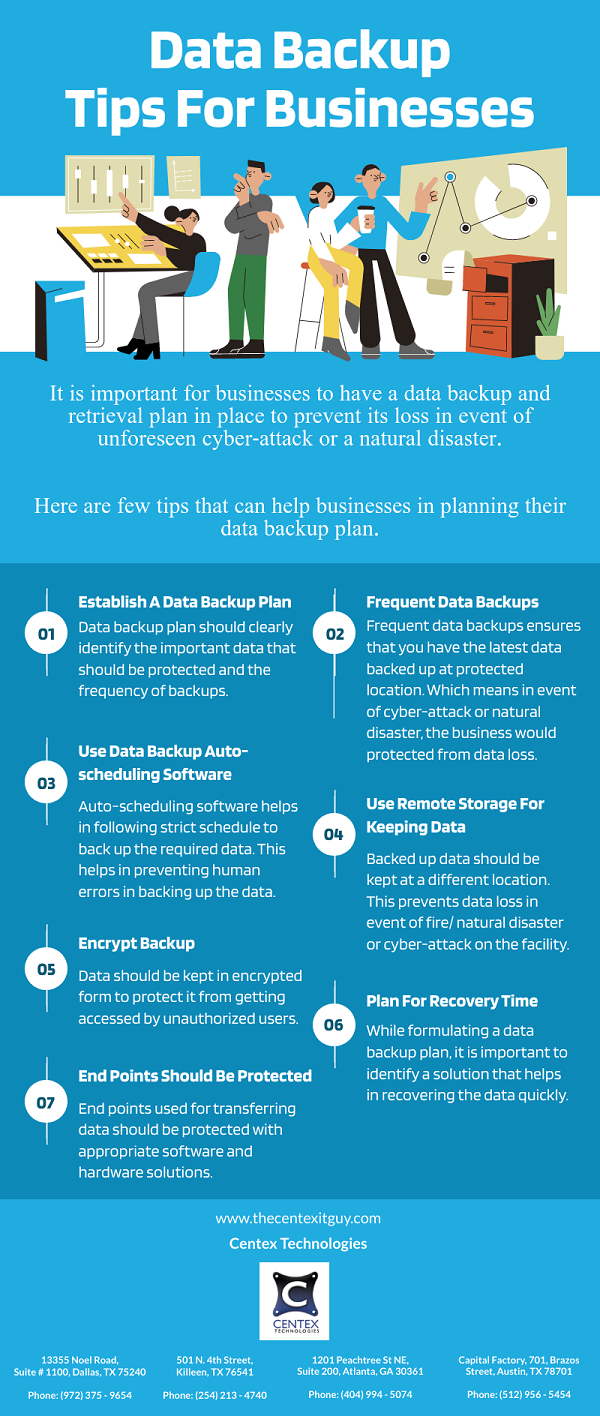Data loss prevention (DLP) is a critical process that organizations must adopt to safeguard sensitive data from being lost or stolen. Sensitive data, such as financial records, personal data, and intellectual property, are valuable assets that, if compromised, can have major repercussions for the organization.
Strategies that organizations can use to prevent the loss or theft of sensitive data include:
Identify Sensitive Data
The first step in preventing data loss is identifying sensitive data. Organizations should conduct a thorough assessment of their data assets to determine the types of sensitive data that they possess. This includes personally identifiable information (PII), payment card information (PCI), and protected health information (PHI). Once identified, this sensitive data can be protected with appropriate controls.
Implement Access Controls
Implementing access controls is an essential step in preventing data loss. Access controls limit access to sensitive data to only authorized personnel. Access controls can be implemented through user accounts and password policies, as well as other techniques such as role-based access control (RBAC), multi-factor authentication (MFA), and biometric authentication.
Encrypt Sensitive Data
Encrypting sensitive data is a critical step in preventing data loss. Encryption converts sensitive data into a code that can only be deciphered with a key. Even if an attacker gains access to the encrypted data, they will not be able to read it without the encryption key. Encryption should be used for data at rest and data in transit.
Monitor Data Access and Usage
Monitoring data access and usage is an important step in preventing data loss. Organizations should implement security information and event management (SIEM) tools to monitor data access and usage. These tools can detect anomalous activity, such as data exfiltration, and alert security teams in real-time.
Implement Data Backup and Recovery
Implementing data backup and recovery is essential for preventing data loss. Regular data backups ensure that even if data is lost or stolen, it can be recovered. Organizations should implement a backup strategy that includes both onsite and offsite backups. The data backup strategy should also include a disaster recovery plan that outlines the steps to be taken in the event of a data loss incident.
Educate Employees
Employee education is a crucial step in preventing data loss. Employees should be educated on the importance of data security and the consequences of data loss. Employees should also be trained on how to identify and report security incidents.
Implement Data Loss Prevention (DLP) Tools
Data Loss Prevention (DLP) tools are essential for preventing data loss. DLP tools can detect sensitive data and prevent it from leaving the organization. DLP tools can be used to monitor data usage, detect anomalous activity, and prevent data exfiltration.
Implement Security Policies and Procedures
Organizations should implement security policies and procedures to ensure that all employees follow best practices for data security. Security policies should include password policies, access control policies, and data classification policies. Security procedures should include incident response procedures, disaster recovery procedures, and data backup procedures.
For more information on how to protect your computer network systems and devices, contact Centex Technologies at Killeen (254) 213 – 4740, Dallas (972) 375 – 9654, Atlanta (404) 994 – 5074, and Austin (512) 956 – 5454.

